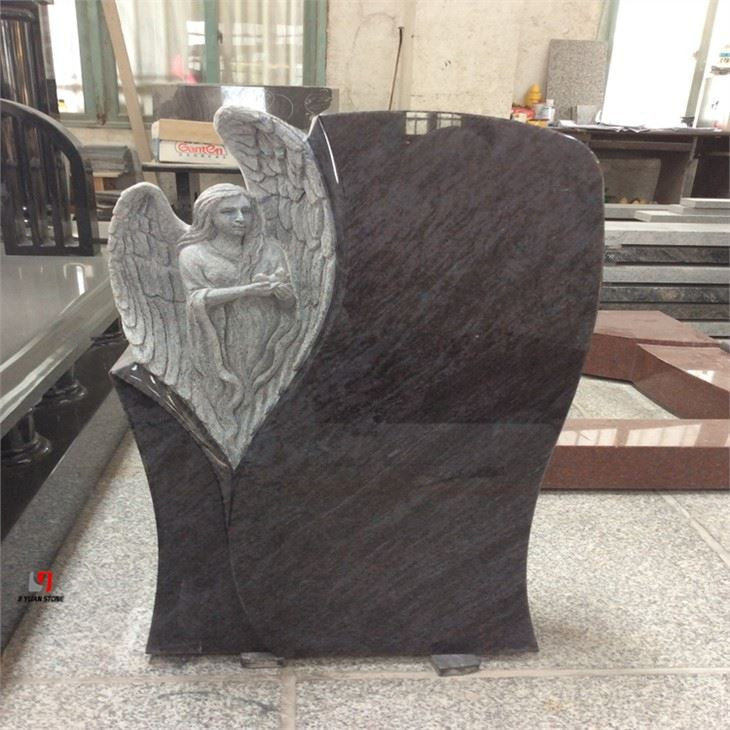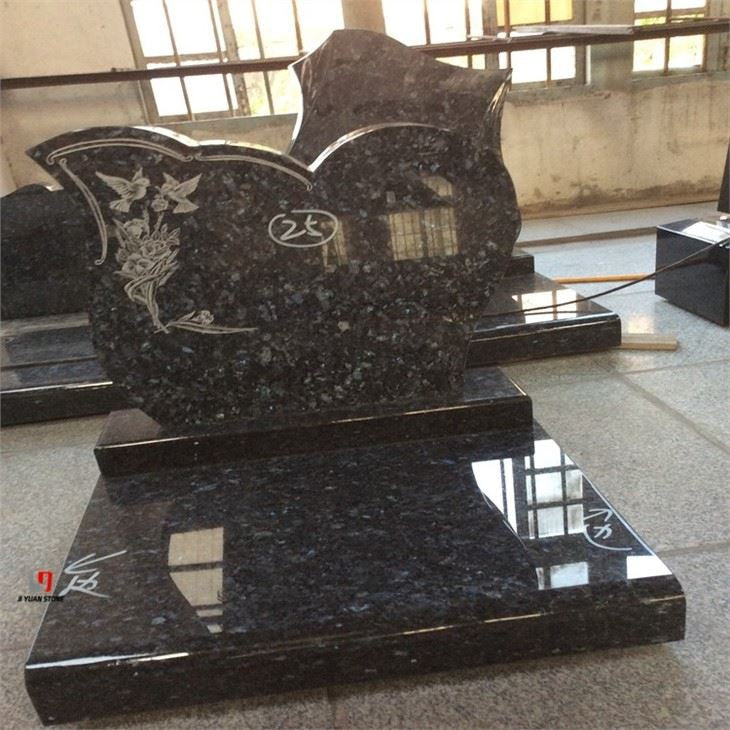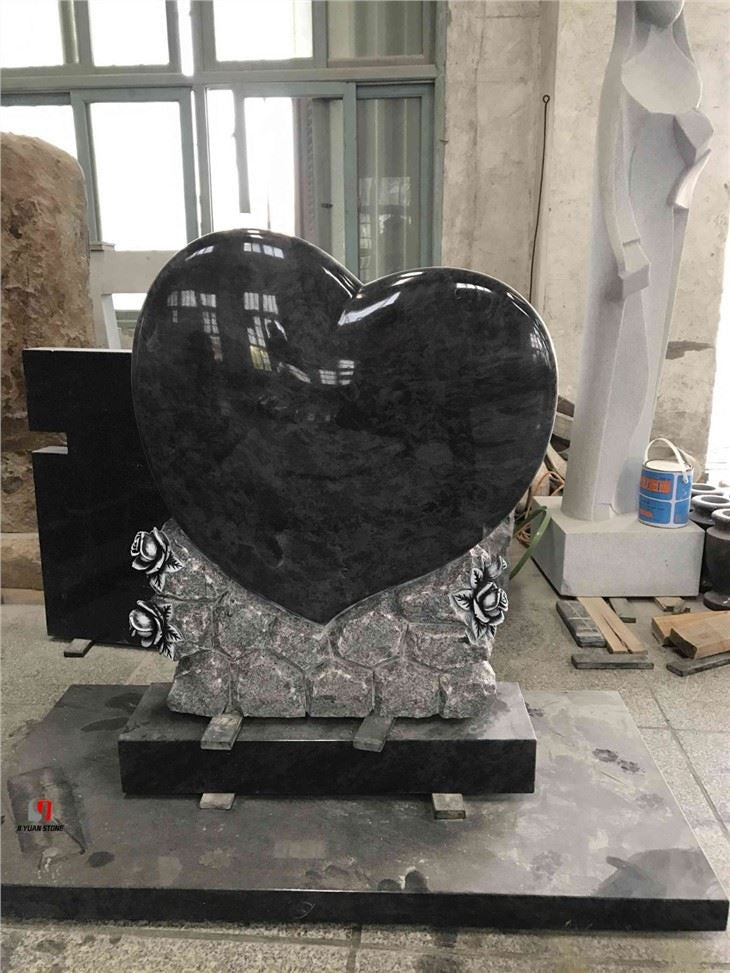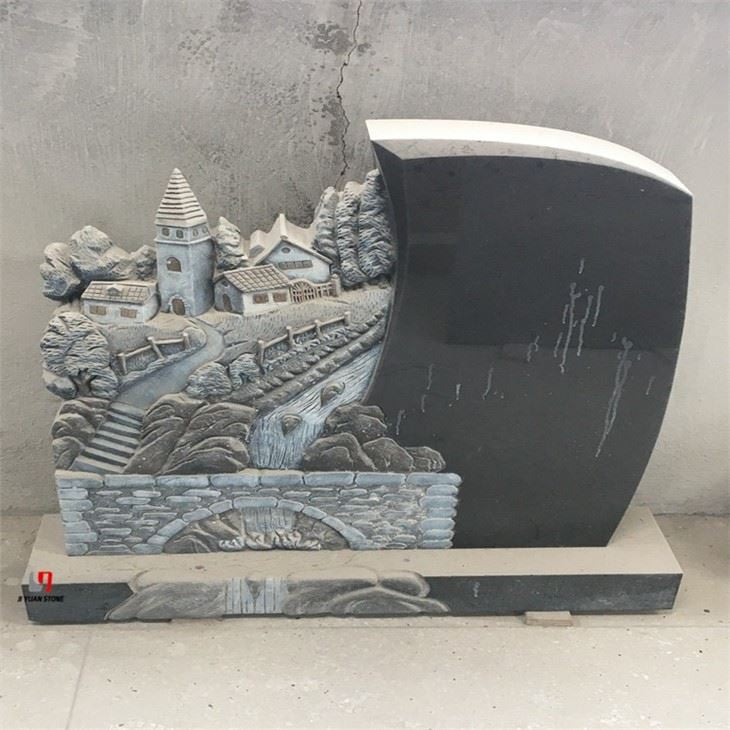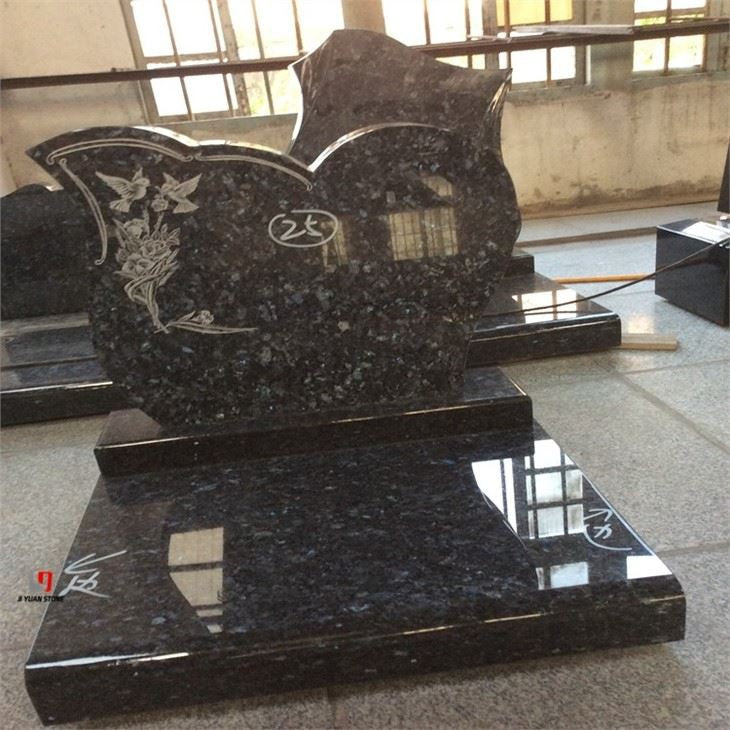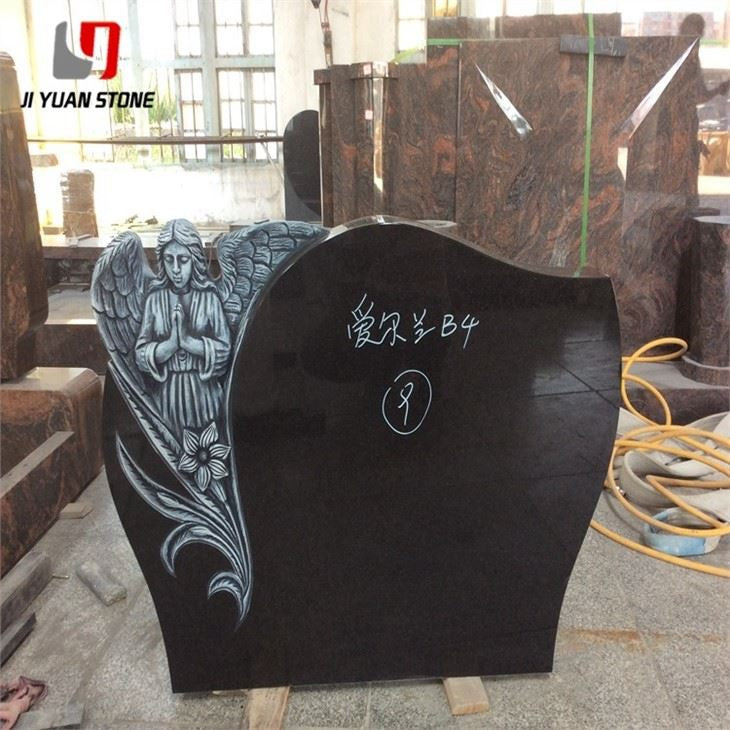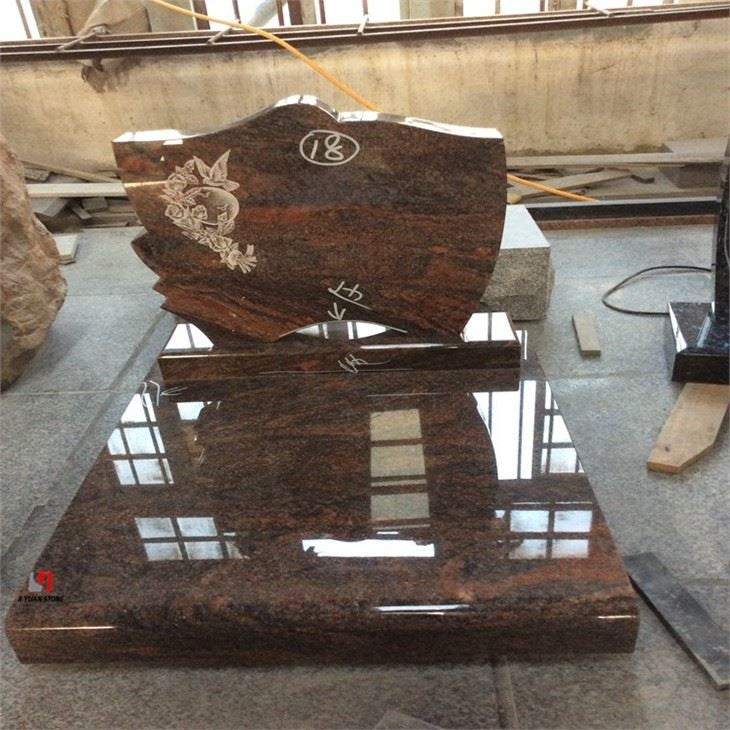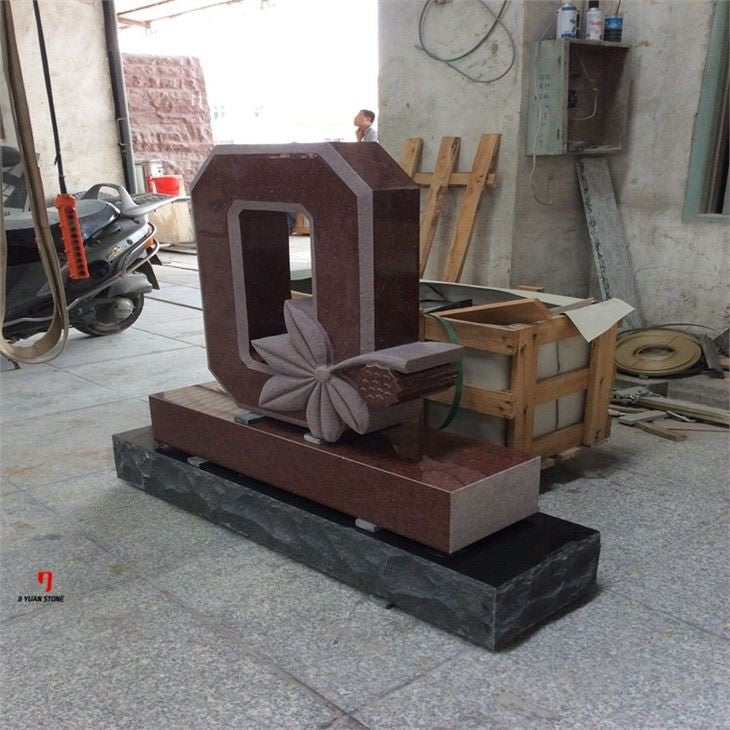Grave Granite Tombstone
Grave Granite Tombstone
Grave Granite Tombstone – Timeless Strength & Enduring Tribute
Crafted from durable granite, this tombstone offers a timeless and dignified memorial for your loved ones. With its elegant design and sturdy construction, it will withstand the test of time and serve as a lasting tribute for generations to come. A respectful and fitting choice for honoring the memory of those who have passed.
| Feature | Details |
|---|---|
| Product name | Granite Monument/Tombstone/Gravestone/headstone |
| Finishing | Polished/ Honed/ Flamed/ Brushed/ Sandblasted/ Natural Split/ Chiselled/ Inlay Craft/ Embossment Craft/ Engraving etc. |
| Available Style | Colorful Pattern/ Sculpture Tombstone Design/ Upright Headstone/ Flat Marker/ Slant/ Funeral Plate Style/ Cross Style/ Books/ Angle Headstone/ Statue/ Tree Headstone etc. We can accept custom design. |
| Available Sizes | Standard Size or Customized Size |
The Grave Granite Tombstone is a symbol of strength, permanence, and grace. Crafted from deep acidic igneous rock, this tombstone is ideal for honoring loved ones with a memorial that will last for generations. With its high structural integrity and natural elegance, grave granite is one of the most preferred stones for outdoor commemorative use.
This type of granite is light in color, typically in shades of off-white and flesh red, with a consistent and appealing texture. It has a carbon dioxide content exceeding 70%, which contributes to its durability and geological stability.
🔬 Composition & Mineral Structure
The grave granite tombstone primarily consists of:
- Quartz (20%–40%)
- Alkaline Feldspar (potassium feldspar and albite, making up over two-thirds of total feldspar content)
- Plagioclase (mainly albite)
- Dark Minerals such as biotite and a small amount of hornblende
With a granite or porphyritic structure, the stone is classified into several types based on its mineral composition:
- Biotite Granite
- Muscovite Granite
- Hornblende Granite
- Dimica Granite
And based on grain texture:
- Fine-grained
- Medium-grained
- Coarse-grained
- Porphyritic and geode granite
The granite may also contain accessory minerals like cassiterite, lepidolite, tourmaline, vermiculite, and more — often associated with valuable metals such as copper, lead, zinc, tungsten, and even gold and silver, as well as radioactive elements like uranium and thorium.
🏗️ Durability & Performance
One of the key reasons for choosing a grave granite tombstone is its unmatched durability:
- Uniform Structure & Hard Texture
- Bulk Density: 2700–2800 kg/m³
- Compressive Strength: Ranges from 1000 to 3000 kg/cm² depending on the granite type and origin
- Weather Resistance: Extremely high – the stone resists decay, wear, and environmental damage
- Color Longevity: Maintains its natural beauty for over a century
This makes it ideal for both high-end architectural decoration and open-air memorial carvings. Thanks to its hardness and wear resistance, it performs exceptionally well in hall flooring, monuments, and cemetery landscapes.
📍 Formation & Geological Significance
Granite, including this specific grave granite variety, is one of the most widely distributed rocks on Earth. It occurs in multiple geological formations like rock foundations, rock strains, and rock clocks, and has formed across various geological ages.
There are two main theories regarding its origin:
1 . Crystallization from granite magma deep within the Earth’s crust.
2 . Transformation through deep metamorphism and metasomatism of existing rock formations.
🌟 Why Choose the Grave Granite Tombstone?
- ✔️ Exceptional Strength & Longevity
- ✔️ Refined Aesthetic with Subtle Color Variants
- ✔️ Highly Weather-Resistant & Low Maintenance
- ✔️ Ideal for Outdoor Use and Public Memorials
- ✔️ Rich in Mineral Heritage and Natural Value
Whether for a cemetery, memorial park, or a custom outdoor tribute, the Grave Granite Tombstone is a lasting expression of memory and respect, combining the resilience of nature with the dignity of design.
Share
